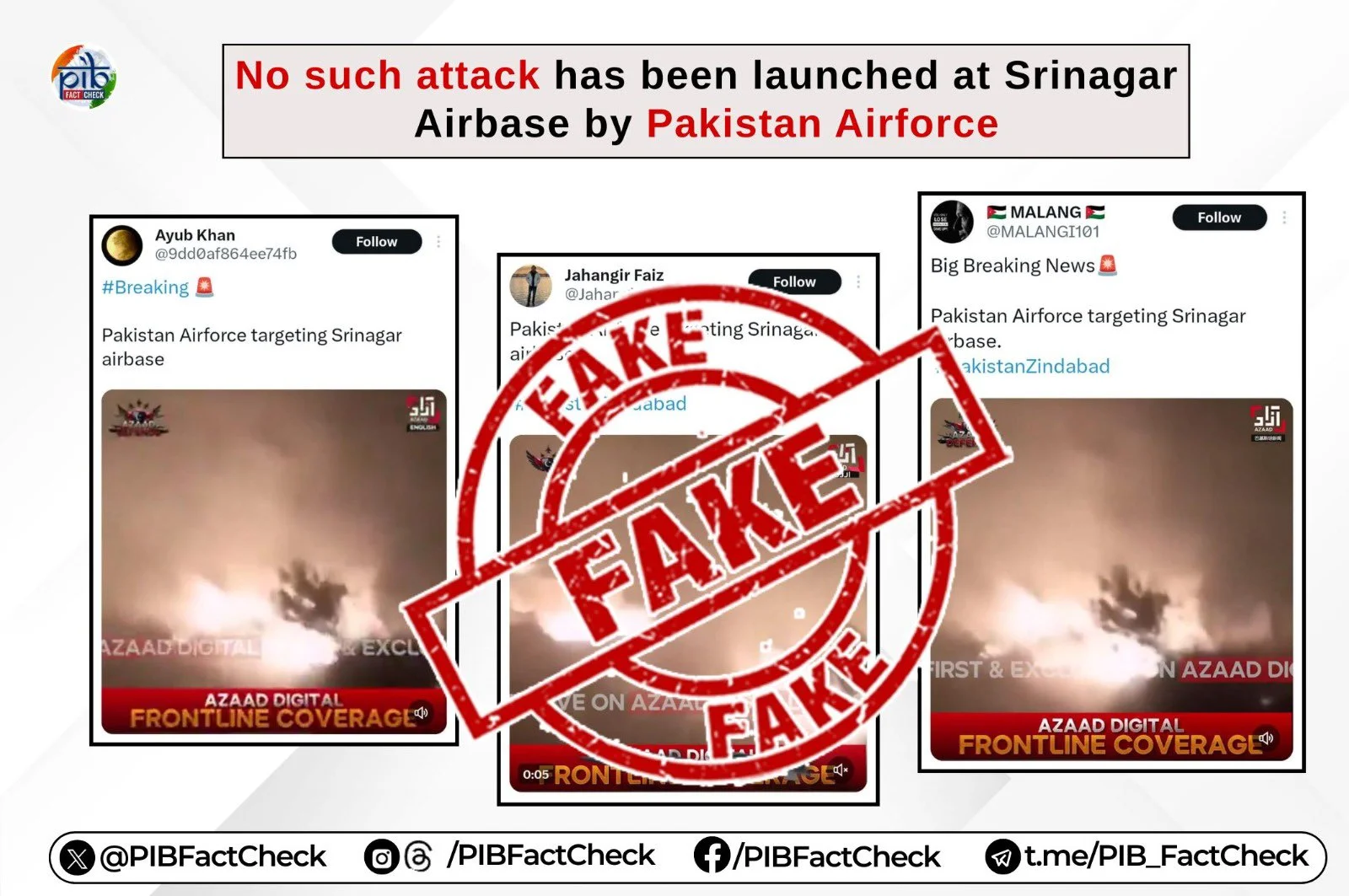The Indian Armed Forces carried out a highly successful mission, famously known as Operation Sindoor, targeting terrorist hideouts and infrastructure deep inside Pakistan. This operation took place just 15 days after the tragic terrorist attack in Pahalgam and was far more powerful and prolonged compared to earlier strikes.
What made Operation Sindoor truly historic was the combined strength of the Indian Army, Navy, and Air Force working together. It was a strong demonstration of India’s modern warfare capabilities and the ability of the forces to coordinate seamlessly for national security.
The Battle of Information Warfare
As the saying goes, “Truth is the first casualty of war.” Alongside the physical strikes, a wave of information warfare was launched by Pakistani bots and propaganda handles. However, Indian defence Twitter rose to the challenge, countering enemy lies, narratives, and misinformation without expecting official recognition or rewards.
But there’s another critical player in this story that deserves attention: Indian media.
Why Indian Media’s Role Was Misunderstood
At first glance, the role of Indian media during the operation was ridiculed by many. News channels claimed things like the entry of INS Vikrant into Karachi, the burning of Karachi, and even troops crossing the border with tanks. For many viewers, these reports seemed exaggerated or laughable.
Yet, when we analyze this carefully, it appears this “misinformation” may have been part of a deliberate strategy. By tipping off media houses with such sensational stories, the Armed Forces ensured these narratives flooded both television and the internet.
The Purpose Behind Media Misinformation
Why was this necessary?
-
Psychological impact on Pakistan – Exaggerated reports were designed to shake public confidence and morale within Pakistan.
-
Flooding the information space – By circulating multiple versions of events, it became difficult for the enemy to distinguish between genuine intelligence and fake news.
-
Protecting operational secrecy – During the war, many OSNITs (open-source intelligence trackers) and individuals on social media were leaking sensitive details. By filling the internet with “noise” and misleading stories, India ensured that even correct information would not be trusted by the enemy.
Lessons for Civilians
As civilians, we must shed the belief that war should always be fought with complete transparency and righteousness. The reality is that our enemies do not play fair, and neither should we limit ourselves when national interests and operational safety are at stake.
During conflicts like Operation Sindoor, every tool like military strikes, digital propaganda, and even controlled misinformation, becomes part of the larger strategy to protect the nation.
